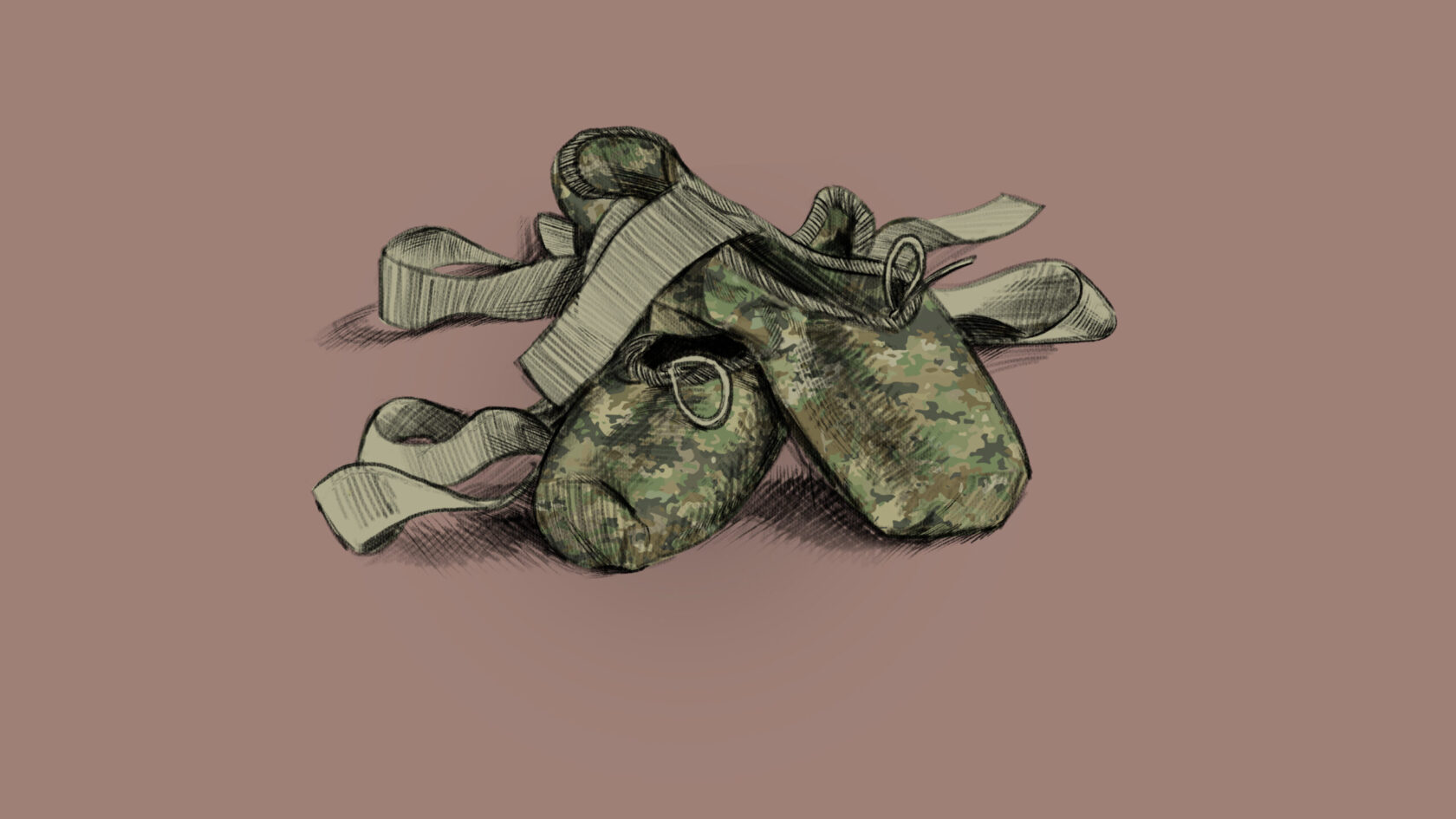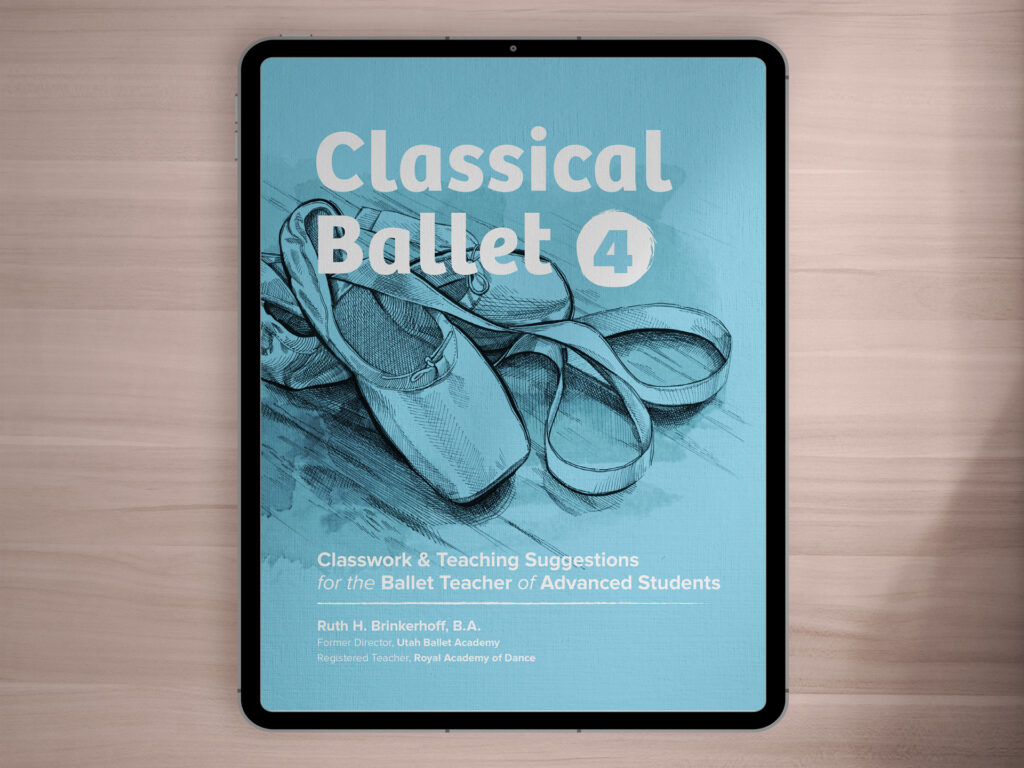Ballet is harsh. Unforgiving. Brutal.
We love it all the same. Likely many of us love it directly because of these trying qualities. The beauty to be discovered within the challenge of ballet draws us in. Once there, we are ensnared. Captives of ballet.
As thrilling as that may be, it comes with a price; an investment. Will we reap the rewards and come out richer? Or will we lose and come out in debt and broken?
Ballet is Beautiful, But. . .
There is no need to fill this page with all the excellent things about ballet. We are each aware of how ballet feeds humanity with good things. Advocacy for all the arts is crucial. However, for this article, I would prefer to hone in on the aspects of ballet that have the potential to cripple a student, stunt the growth of an artist, and tear down the mind of a performer.
I believe it is wise to acknowledge that ballet does indeed have the power to bring about severe negativity. If we allow it. If we do not see it coming and take action to turn that negativity into something positive, it can hold a destructive impact. I will call these negative items Treacherous Terrains because, for me, that is what it feels like when I am attempting to help my students navigate through them.
The Treacherous Terrains Ballet Dancers Face
- Plateaus. We have all been there and we have all seen our students be there. It is normal, and we as teachers know this. We can tell our students how normal it is until our faces turn blue and explode, but some students cannot see their way out. They give in to frustration and lose sight of how to work where they are. They forget that clean technique will always serve them well if they let it breathe and give it time. They might begin cheating or even questioning if we know how to teach ballet. They might choose to change schools because they feel they are no longer growing under our teaching. They might walk away from ballet because they think they aren’t cut out for it. They might give up on dance altogether.
- Eating Disorders. Body image is such a thing. It is a very real thing. More real for some than others. The distorted view of one’s body can wreck that body, and then wreck that person entirely. Most of us have witnessed this happening. Some of us have personally been on this frightful journey. Pressure to look a certain way barrels into the ballet studio with a sweeping force looking for a victim to swallow whole. Many times a dancer doesn’t even see it happening until the signs are grossly obvious. But by then significant damage has been done and the recovery process extends far beyond where the eyes can see.
- Comparisons. “If I could do pirouettes like him. . .” or “If my extension was even half as great as hers. . .”. The Demon of Comparison resides in us all. Pretending we are immune to it only supplies it with more strength. It preys on our students’ vulnerabilities and eats their fears, destroying them from the inside. Its end game is to have them stuck in fear, submissive to its greedy appetite, and unable to access agency over their choices. Ultimately, it is the destroyer of artistry.
- Outside Traumas. We are all human, experiencing this life. Life can bring trauma. Some traumas have staying power that require professional intervention and ongoing help. As teachers, we may not know of these traumas any one of our students have survived. Yet we can be assured that, if we teach, we are teaching some hearts that have suffered deeply. Perhaps at the hands of others. These hurts may carry a host of triggers that collide with expectations in ballet class causing the student to feel intense shame and inadequacy. The hurt hides away in the safety of the shadows most of the time, but sometimes, unexpectedly, it will leap forward and the dancer will feel unable to contain it. Secrecy is where this dancer lives because it is what feels safe. Shutting down is often the automated response.
- Injuries. The pain of watching your student suffer an injury and then hobble down the road of rehabilitation is enormous. A dancer who cannot dance…need I say more?
- Overscheduled. Here we have a student who thrives on achieving. They likely excel at most every activity due to their refined skills of focus and harnessing their determination. Somehow, though, they seem to be sick often. Or suffer minor injuries. Or have seasons of poor attendance due to other noble commitments. Or have bouts of exhaustion directly related to their overly packed schedules. These students are beautiful souls. They ache for so much. They want it all. And this ache, this want, slowly twists about and eventually turns on them. They become their worst enemy. Their work becomes about what was accomplished, what was next, what they can put on their résumé as opposed to the present moment. There is no time to allow the moment to be because they must always rush off to the next moment. This student is a prime target for burn out.
- Imbalance. The obsessive dancer. The one who eats, sleeps, and breathes ballet. All other parts of life are secondary to ballet. Nothing could ever be as important as nailing the 32 fouettés, getting the contract, landing the role, pushing the jump that much higher. When they succeed at ballet, they succeed at life. Hence, when they fail at ballet, they fail at life. There is no foundation to fall on. Very few relationships have been fostered due to lack of time or desire. This person is alone with ballet. Riding this rollercoaster is not pleasant. Confusion and annoyance set in when directors don’t take notice of their hard work. Frustration and disillusionment find a home in this dancer who will most likely remain in the background; not due to poor dancing, but due to an imbalance within their life which is reflected with much clarity in their dancing.
Teachers, You Are the Guides!
Learning to spot these Treacherous Terrains in the distance is beneficial. It provides ample opportunity to be proactive and confront the issue before it stomps on your student. Taking care to observe our students beyond their technique can move us from great teachers to phenomenal teachers. Our students can only be served well by that.
Of course, our jobs in this area are made easier when students and their parents have learned how to communicate with us; how to use our knowledge to its fullest capacity; how to glean from our experience, not just as dancers but as people who have lived in this world as dancers. Our expertise reaches far beyond how to plié and tendu. We know so many things about how to care for the heart and mind of individuals because we have lived through the beautiful brutality of ballet.
My encouragement to all teachers is to remember your own student years. Think back on how it felt when you were standing in the corner watching your classmate own the grand allegro while you were convinced your jeté was pathetic. Be smart when you notice your dancers looking sideways at their bodies in the mirror and then turning away in disgust. Approach a student with wisdom when you see he is struggling getting over a hump. Be gentle when you discern there may be deeper issues at play with a student who pulls back from corrections or appears defeated constantly. Teach students how to properly deal with injuries and to respect the recovery time. Demonstrate and speak about a healthy balance in life, about time management, about priorities, and about being a whole person.
Ballet is harsh. But through its harshness we have the opportunity to teach our students how to take care of themselves physically, emotionally, and mentally. By doing so, we gift the world with strong, resilient, and brilliant artists.
Related Articles


Comments
No comments for this post.
Add Comment